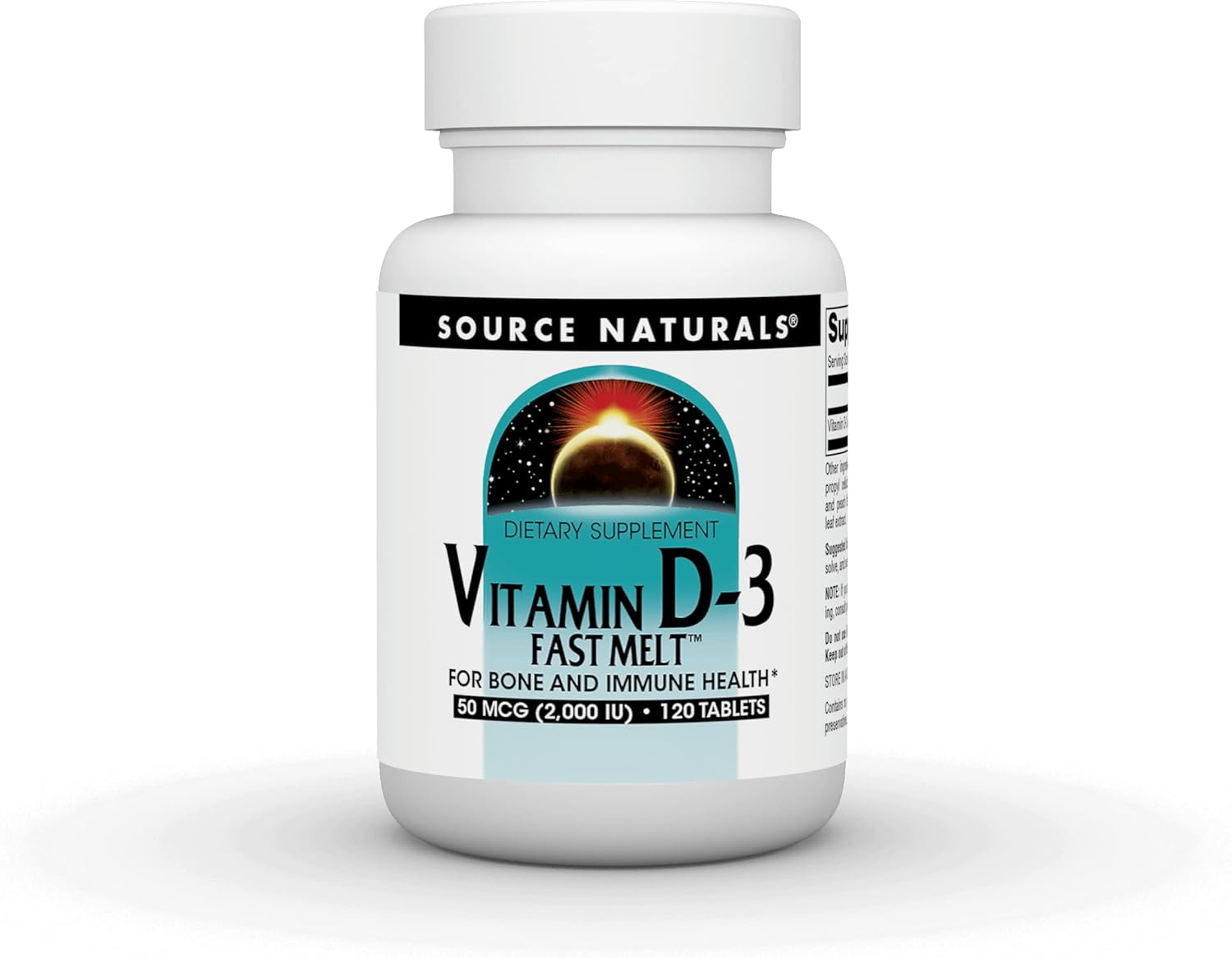




Price: $15.98 - $12.14
(as of Apr 06, 2025 22:48:46 UTC - time indicated and are subject to change. Any price and availability information displayed on [relevant Amazon Site(s), as applicable] at the time of purchase will apply to the purchase of this product.">Details)
What’s the Best Way to Take Vitamin D? A Comprehensive Guide
Introduction
Vitamin D is essential for maintaining overall health, playing a crucial role in bone health, immune function, and much more. However, many people are unsure about the best way to take vitamin D to maximize its benefits. In this article, we will explore various methods, dosages, and tips for taking vitamin D effectively. Whether you prefer supplements, food sources, or sunlight, we’ve got you covered. Let’s dive into the best ways to take vitamin D and discover how to incorporate it into your daily routine.
The Importance of Vitamin D
Why Is Vitamin D Important?
Vitamin D is often referred to as the "sunshine vitamin" because our bodies can produce it when exposed to sunlight. It aids in calcium absorption, which is vital for strong bones and teeth. Additionally, vitamin D supports immune function, mood regulation, and cardiovascular health. Understanding the importance of this nutrient is the first step in determining how to take it effectively.
Signs of Vitamin D Deficiency
Many people may not realize they are low on vitamin D. Common signs include fatigue, bone pain, muscle weakness, and mood changes. If you suspect a deficiency, it’s crucial to consult with a healthcare provider. They may recommend getting your vitamin D levels checked and suggest the best course of action based on your specific needs.
Best Ways to Take Vitamin D
1. Sunlight Exposure
How Sunlight Helps
Sunlight is one of the most natural ways to get vitamin D. When UV rays hit your skin, your body synthesizes vitamin D. Ideally, spending about 10 to 30 minutes in the sun several times a week can help maintain adequate levels. Factors such as skin type, location, and time of year affect how much vitamin D you can produce.
Tips for Safe Sun Exposure
While getting sunlight is beneficial, it’s essential to practice sun safety. Start with short exposure times and gradually increase them. Always apply sunscreen after the initial exposure to prevent skin damage. Remember, too much sun can lead to skin cancer, so balance is key.
2. Vitamin D Supplements
Types of Supplements
If sunlight exposure isn’t an option, vitamin D supplements are a great alternative. There are two main types: vitamin D2 (ergocalciferol) and vitamin D3 (cholecalciferol). Vitamin D3 is generally considered more effective at raising blood levels of vitamin D, making it a popular choice.
Recommended Dosages
The recommended daily allowance for vitamin D varies by age, sex, and health status. For most adults, 600 to 800 IU (International Units) is sufficient, but some may require higher doses, especially those with low blood levels. Always consult with a healthcare provider before starting a new supplement regimen.
3. Vitamin D-Rich Foods
Food Sources of Vitamin D
Incorporating vitamin D-rich foods into your diet is another excellent way to boost your levels. Fatty fish like salmon, mackerel, and sardines are top sources. Other options include fortified foods such as milk, orange juice, and cereals, as well as egg yolks and cheese.
Meal Ideas for Vitamin D
Creating meals that are rich in vitamin D can be enjoyable and delicious. For breakfast, consider scrambled eggs with cheese and a glass of fortified orange juice. For lunch, a salad topped with grilled salmon is both nutritious and satisfying. Dinner can include a serving of mackerel with steamed vegetables, ensuring you get a healthy dose of this essential nutrient.
4. Combining Sources
Why Combine Methods?
Using a combination of sunlight, supplements, and dietary sources can help you achieve optimal vitamin D levels. This approach is particularly useful during winter months when sunlight exposure is limited. By diversifying your sources, you can ensure your body receives adequate vitamin D throughout the year.
Creating a Balanced Routine
To create a balanced routine, consider your lifestyle and preferences. If you enjoy being outdoors, aim for regular sun exposure. If you prefer supplements, take them alongside meals for better absorption. Incorporate vitamin D-rich foods into your diet regularly to maintain consistent levels.
Conclusion
In conclusion, understanding the best ways to take vitamin D is vital for maintaining your overall health. Whether through sunlight, supplements, or food sources, ensuring you get enough vitamin D can lead to numerous health benefits. Remember to listen to your body and consult with a healthcare professional to tailor your vitamin D intake to your individual needs. By taking proactive steps, you can support your health and well-being effectively.
In this article, we’ve explored various methods and practical tips for taking vitamin D, emphasizing the importance of this essential nutrient. With the right approach, you can easily incorporate vitamin D into your daily routine and enjoy its myriad benefits.
VITAMIN D-3 BENEFITS. Support the maintenance of healthy calcium and phosphorus levels in the body for strong bones. It also supports muscle strength in older adults, and it also plays an active role in a healthy immune response.
SUGGESTED USE. 1 tablet daily. Place in mouth, allow tablet to dissolve, and swallow.
MAXIMIZE YOUR INTAKE. Vitamin D-3 (cholecalciferol) is the optimal form of vitamin D. It is the form of vitamin D that the body manufactures in sunlight, and the form most efficient for the body's needs.
OVER 40 YEARS OF TRUST. Source Naturals was created in 1982 by CEO Ira Goldberg to support each individual's potential to enjoy optimal health.
MANUFACTURED IN THE USA. Manufactured in Scotts Valley, CA, under the Good Manufacturing Practices (cGMPs) established by the US Food and Drug Administration (FDA).
